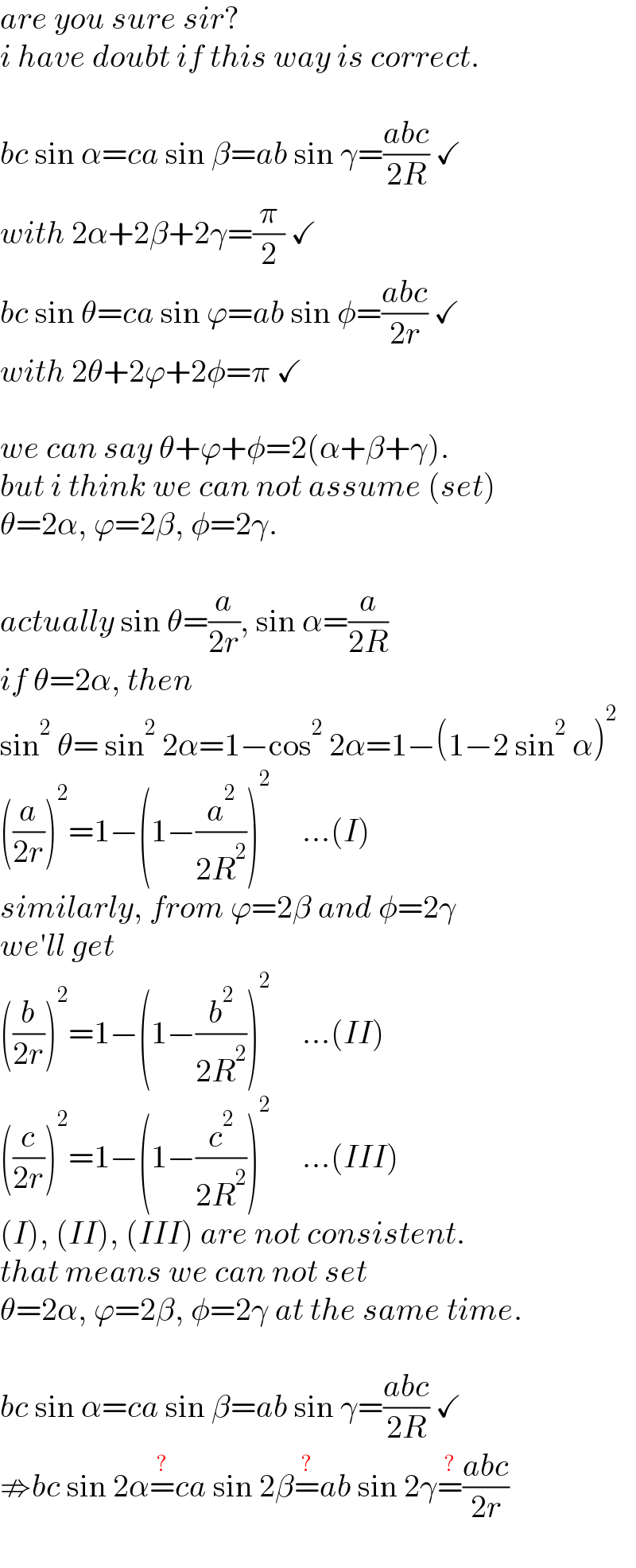
Question and Answers Forum
Question Number 166036 by mr W last updated on 12/Feb/22

Commented by mr W last updated on 12/Feb/22

Commented by ajfour last updated on 13/Feb/22

Answered by Rasheed.Sindhi last updated on 12/Feb/22
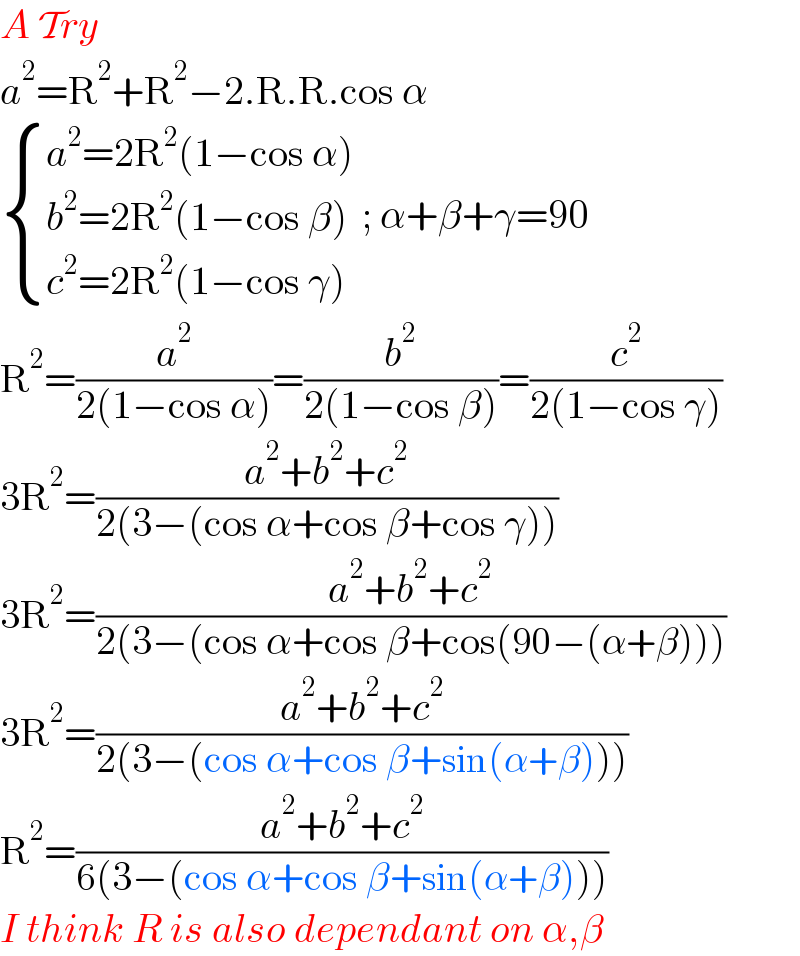
Commented by mr W last updated on 12/Feb/22
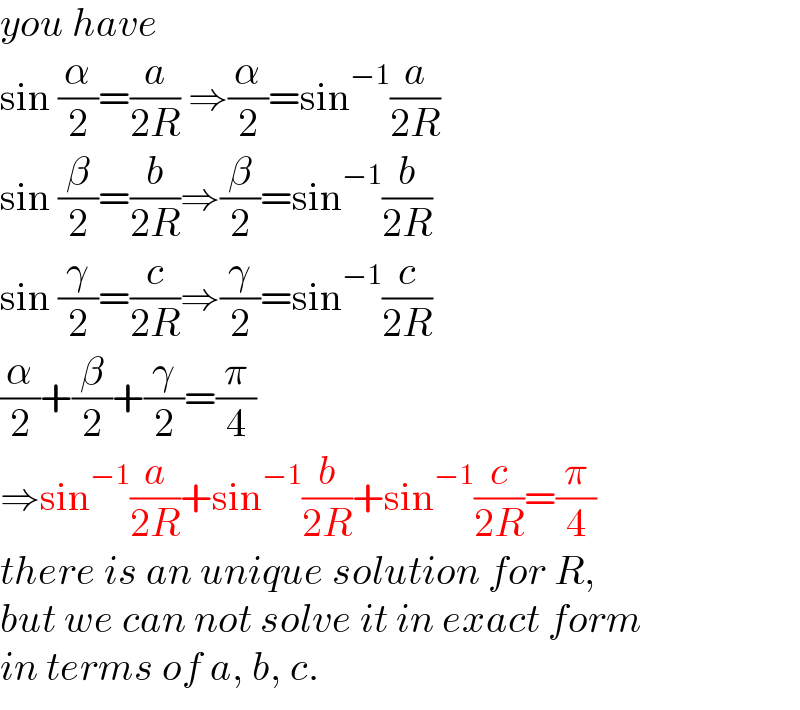
Commented by mahdipoor last updated on 12/Feb/22
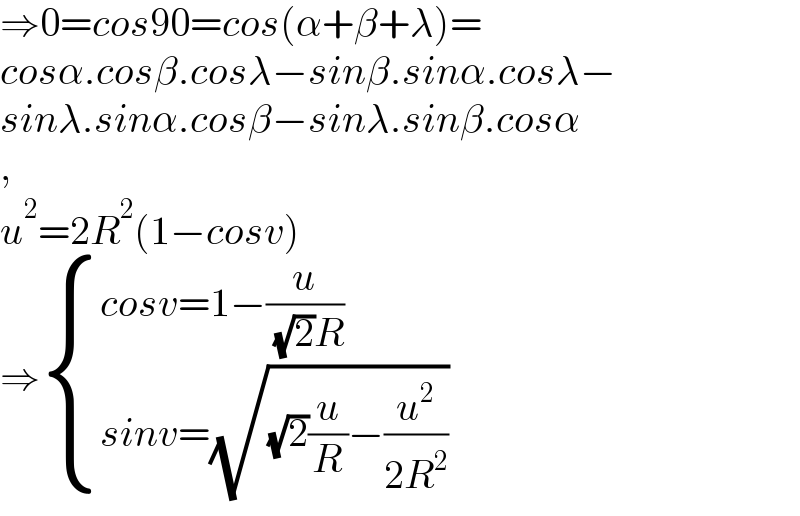
Commented by Rasheed.Sindhi last updated on 12/Feb/22

Commented by mr W last updated on 13/Feb/22

Commented by Rasheed.Sindhi last updated on 12/Feb/22

Commented by ajfour last updated on 13/Feb/22
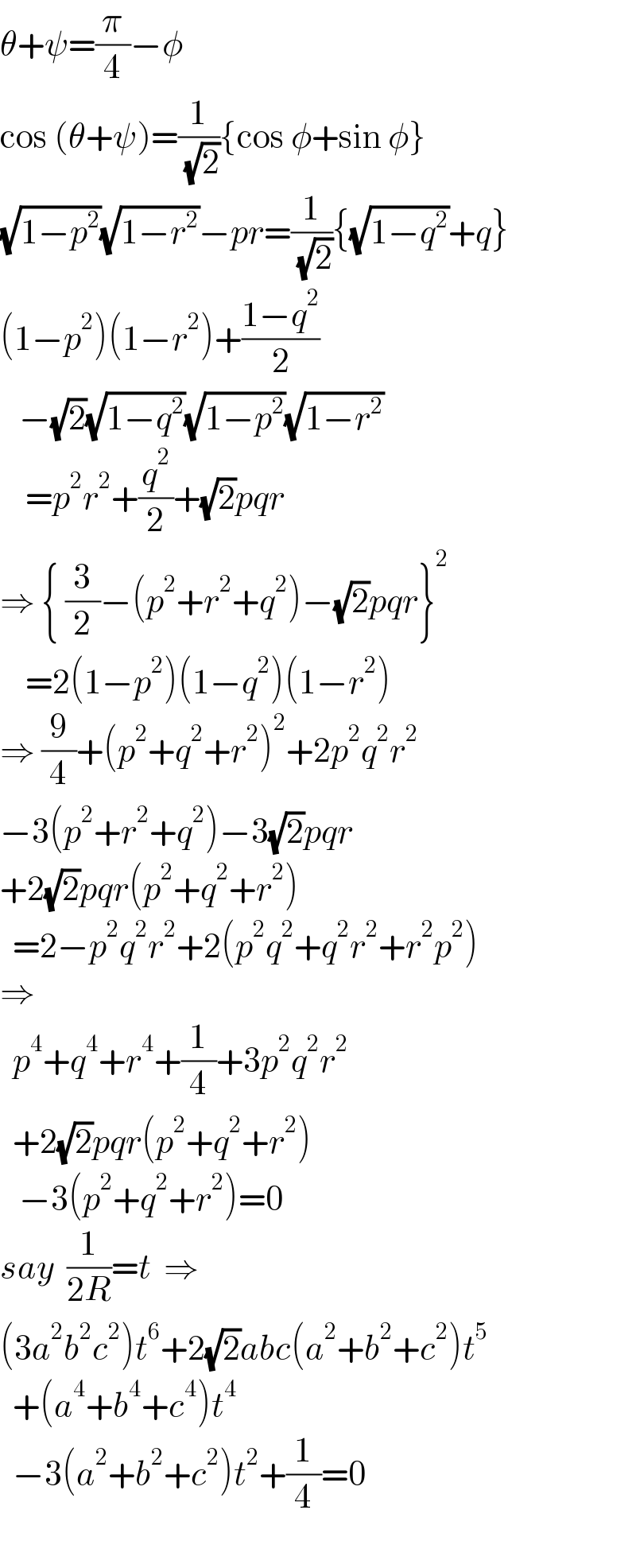
Answered by ajfour last updated on 15/Feb/22

Commented by ajfour last updated on 15/Feb/22

Commented by mr W last updated on 15/Feb/22

Commented by mr W last updated on 15/Feb/22

Commented by mr W last updated on 15/Feb/22
